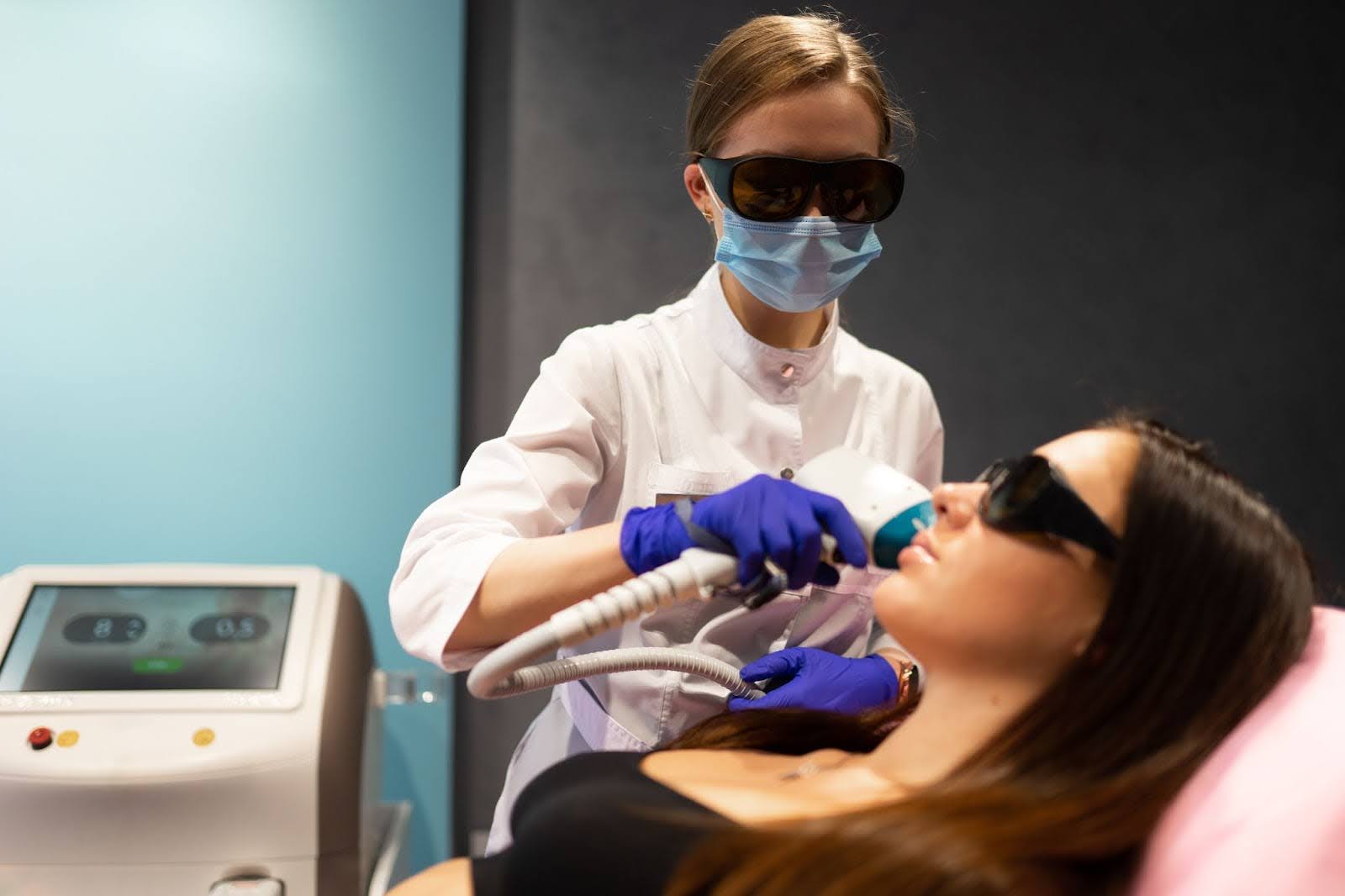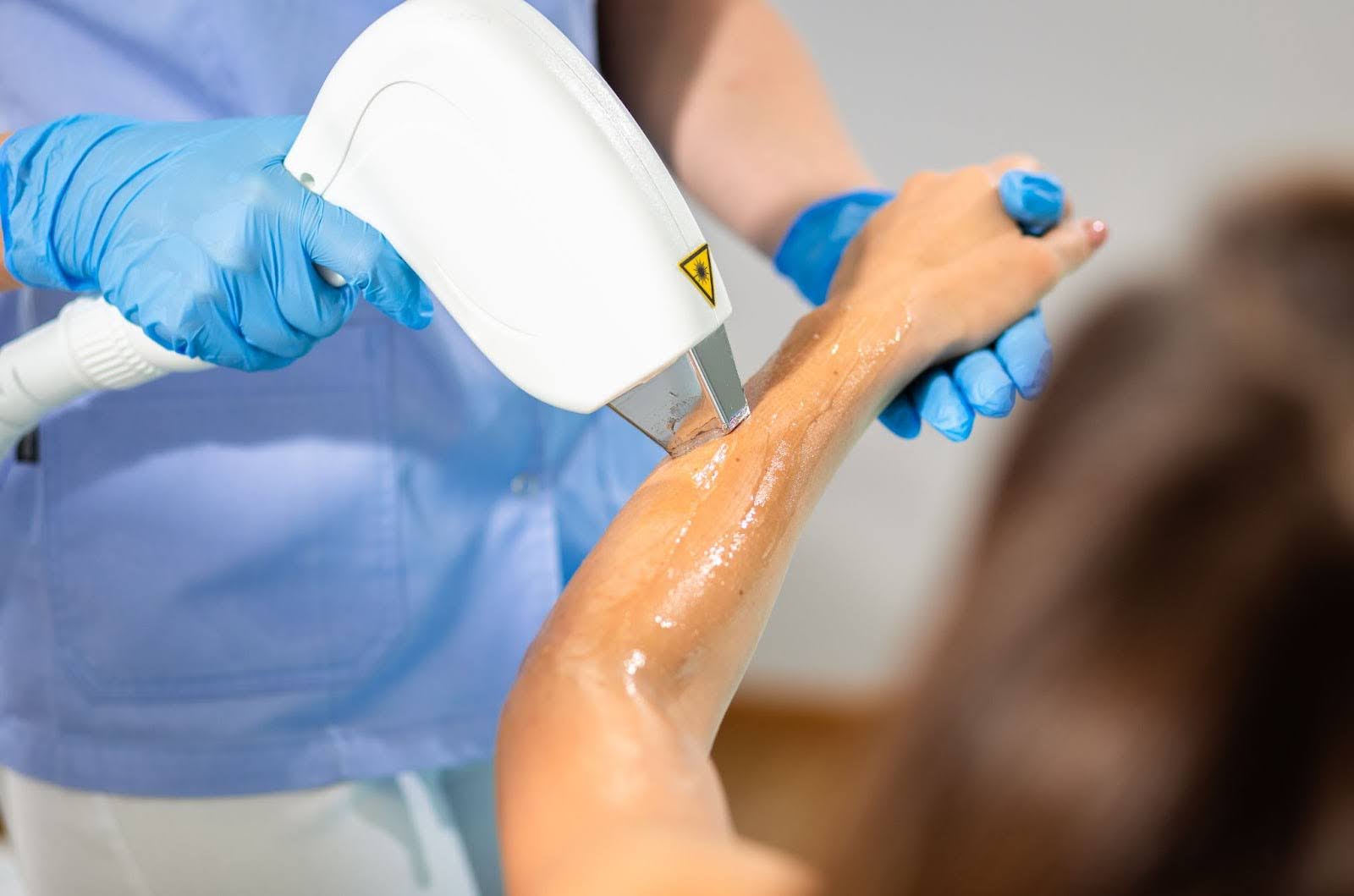
Laser hair removal has become one of the most effective and popular methods for achieving long-term hair reduction. However, while the treatment itself is powered by advanced technology, the real results often depend on how well you prepare your skin beforehand—and how you care for it afterward. Whether you’re using a professional-grade system or an at-home laser hair removal device, understanding how to support your skin throughout each phase is crucial to achieving a safe and successful outcome. Below, we explore the best pre- and post-treatment skincare practices to help you maximize the benefits of your sessions.
Using a laser hair removal device involves targeting pigment in the hair follicle with highly concentrated light. That means the condition of your skin can impact everything from effectiveness to side effects. Dry, irritated, or sun-damaged skin is more prone to redness and sensitivity. In contrast, well-prepped and properly cared-for skin tends to recover faster and experiences fewer disruptions. A mindful skincare routine not only maximizes safety but also supports smoother, more consistent results across multiple sessions.
Begin preparing your skin approximately seven days before treatment for optimal results and safety.
Don’t wax, tweeze, or epilate the treatment area—these methods remove the root, which the laser needs to target.
Shaving keeps the follicle intact while removing surface hair that could burn or irritate the skin.
Use a gentle cleanser to remove oils, lotions, makeup, or deodorant before your session to prevent interference with the device.
These simple steps help reduce side effects and enhance the overall effectiveness of the laser hair removal device.
Sun exposure is one of the most critical factors to manage when using a laser hair removal device. Tanned skin increases the risk of burns and pigment changes because the laser targets melanin, which is a pigment found in the skin. You should avoid sun exposure, tanning beds, and self-tanning products for at least two weeks before treatment. If avoiding the sun isn’t possible, always use a high SPF broad-spectrum sunscreen and reapply it frequently. Wearing protective clothing over treated areas also helps reduce the risk of UV exposure during outdoor activities.
Proper hydration helps your skin maintain its barrier and resilience, both of which are important when undergoing laser treatments. Drinking enough water in the days leading up to your session keeps skin cells plump and supports healing. Topical hydration also matters. Moisturizing daily with a non-comedogenic, fragrance-free lotion can help reduce irritation and prevent flaking after treatment. However, you should avoid applying lotions or oils right before your laser hair removal device session, as they may interfere with light transmission.
After a treatment with a laser hair removal device, it’s common to experience mild redness, warmth, or slight swelling, particularly around each hair follicle. These effects are temporary and typically subside within a few hours to a couple of days. Applying a cool compress or aloe vera gel can help soothe these symptoms. Avoid touching or scratching the area, and refrain from exfoliating or using harsh skincare products for at least 48 hours. Your skin is in a sensitive state, and gentle care is vital to promote healing.
Not all skincare products are safe for use after laser hair removal. You should avoid any formulas that contain alcohol, retinoids, glycolic acid, salicylic acid, or other exfoliating agents for several days after treatment. These ingredients can irritate freshly treated skin, causing peeling, stinging, or prolonged redness. Stick with basic, gentle cleansers and barrier-repair moisturizers to support the healing process. Once your skin has returned to its baseline, you can gradually reintroduce active ingredients under the guidance of a professional.
Most people can return to their usual skincare regimen about three to five days after using a laser hair removal device. This timeline can vary based on skin type, sensitivity, and the intensity of the treatment. If you’re unsure, consult with your aesthetician or dermatologist. Signs that your skin is ready include the absence of redness, itching, or inflammation. Even after resuming your normal products, it’s still wise to avoid aggressive exfoliation or resurfacing procedures until your full treatment series is complete.
Laser hair removal typically requires multiple sessions spaced several weeks apart. Between treatments, it’s essential to support your skin and protect the treatment area. Continue shaving, but refrain from plucking or waxing. Moisturize consistently to prevent dryness and maintain a healthy skin barrier. Avoid activities that generate excessive heat in the treatment area, such as saunas, hot tubs, or vigorous exercise, for the first 24–48 hours after treatment. Staying diligent between appointments helps reduce the risk of side effects and supports even hair reduction.
Using a laser hair removal device on sun-damaged skin increases the risk of burns, pigment changes, and scarring.
Each device is different—ignoring usage guidelines or safety settings can lead to ineffective or unsafe treatments.
Spacing treatments too closely can irritate the skin and hinder progress rather than speeding it up.
Using strong scrubs or exfoliating acids after a session can cause redness, peeling, or sensitivity.
Following directions and skincare guidelines consistently helps protect your skin and supports long-term results.
While most laser hair removal treatments are well-tolerated, some users experience temporary stinging or tingling. For those with sensitive skin, using a numbing cream approved by your provider can help minimize discomfort before the session. Afterward, applying a cold compress or over-the-counter hydrocortisone (if permitted) can reduce irritation. Always perform a patch test first, and consult your provider if you experience unusual pain, blistering, or discoloration. Prompt care can prevent minor issues from becoming more serious concerns.
Prepping for your next session starts as soon as the previous one ends. Keep your skin protected from the sun, continue regular moisturizing, and avoid any treatments that could make your skin more reactive, such as chemical peels or microdermabrasion. You should also pay attention to how your skin responds after each laser hair removal device session and report any lasting side effects to your provider. Keeping a journal or photo log of progress can help track your results and guide adjustments for upcoming sessions.
To get the best results, consistency is key. Skipping sessions or delaying treatments can allow hair growth cycles to reset, requiring additional visits. Follow your provider’s recommended schedule and avoid products or behaviors that interfere with skin health. Stay well-hydrated, wear sunscreen daily, and care for your skin gently. Over time, this approach improves the longevity of your results and minimizes the need for touch-ups. For at-home users, be sure to regularly clean your laser hair removal device and replace any consumables as recommended.
While many at-home systems are safe for personal use, some individuals are better served by professional treatments. If you have dark skin, light hair, or a history of pigment issues, a board-certified provider can tailor the treatment to your needs and reduce risks. You should also consult a pro if you experience persistent redness, burns, or inconsistent results after using a laser hair removal device. Professional clinics often utilize more advanced systems with powerful cooling and safety features, which may be more effective for your specific skin type.

Great results from a laser hair removal device aren’t just about technology—they’re also about skin prep, post-care, and smart habits in between. Whether you’re investing in professional treatments or managing your own at home, following these skincare tips helps reduce irritation and promote smooth, lasting results. Healthy, well-maintained skin is more resilient, less reactive, and better equipped to handle the process. By prioritizing skin health before and after each session, you set yourself up for success with every use.
To learn more about the pre- and post-treatment skincare tips for laser hair removal, visit our Naples Laser & Skin Aesthetics blog.
%402x.svg)

.png)
3641 10th St N Suite B, Naples, FL 34103